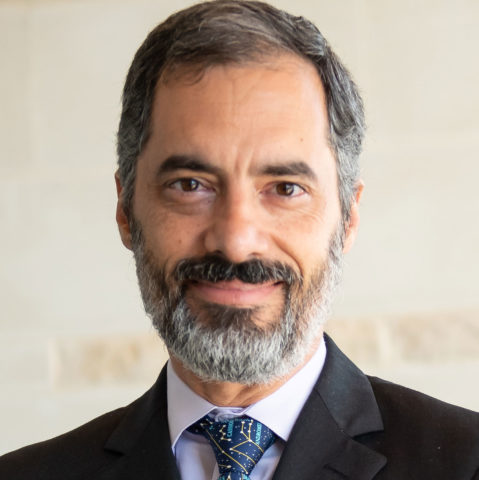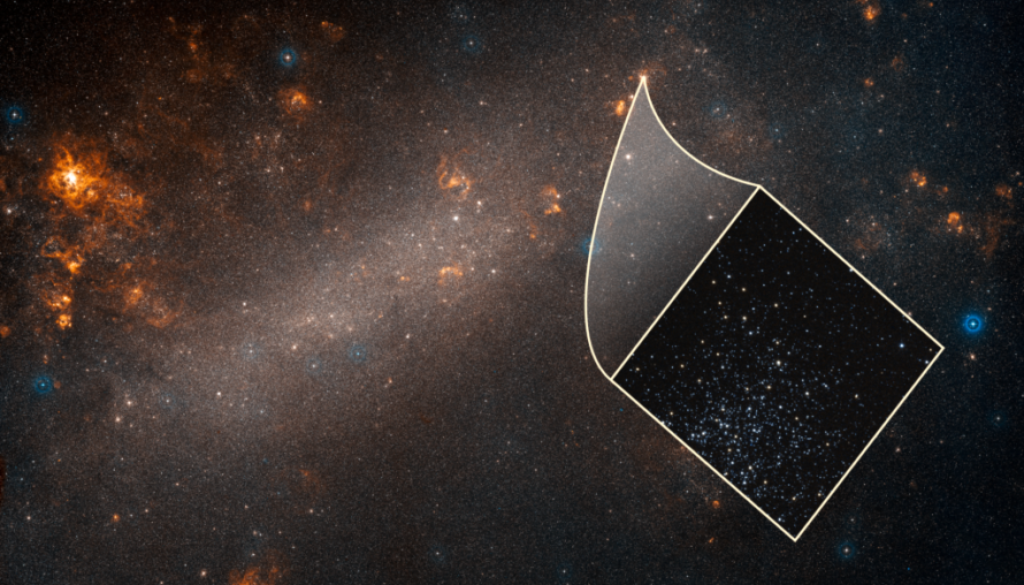New Physics Needed to Explain Discrepancy in Universe’s Expansion Rate Measurement?
A team of astronomers that includes Texas A&M University professor Lucas Macri and recent Texas A&M astronomy Ph.D. graduate Wenlong Yuan has used new data from the Hubble Space Telescope to make the best-ever measurement of the expansion rate of the universe, with a total uncertainty of only 1.9 percent.
The team’s measurement, detailed in a recent paper posted to arXiv and accepted for publication in The Astrophysical Journal, is 9.8 percent larger than the value predicted from observations of the big bang, even after taking into account the contributions of dark matter and dark energy.
“Such a large discrepancy between measurement and prediction should only happen by chance less than once in 100,000 experiments, further strengthening the case for yet another unseen component of our universe,” Macri said.

Prof. Lucas Macri 
Dr. Wenlong Yuan 
Dr. Samantha Hoffmann



